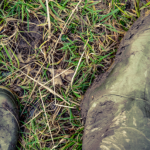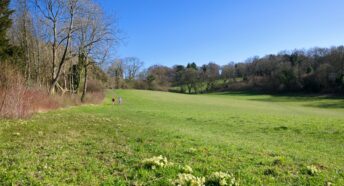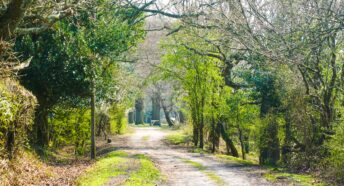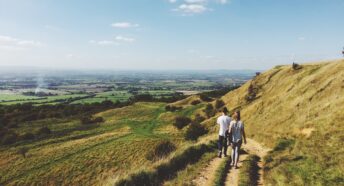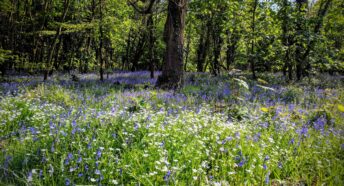Why this local patch of Green Belt means so much to my family - and many others besides
Writer and walking enthusiast Lucy Furlong on how a patch of Green Belt land in Kingston-upon-Thames has become part of her family’s life.
It has always been there – part of the fabric of my family’s life. But also, it has always been here – some of it is recognisable from maps going back nearly 400 years.
Beyond that, its history goes even further back into the mists of time, to judge by the archaeological digs revealing evidence of a Roman settlement, and the Saxon roots of the church on the hill in Old Malden, St John the Baptist, also mentioned in the Domesday Book.
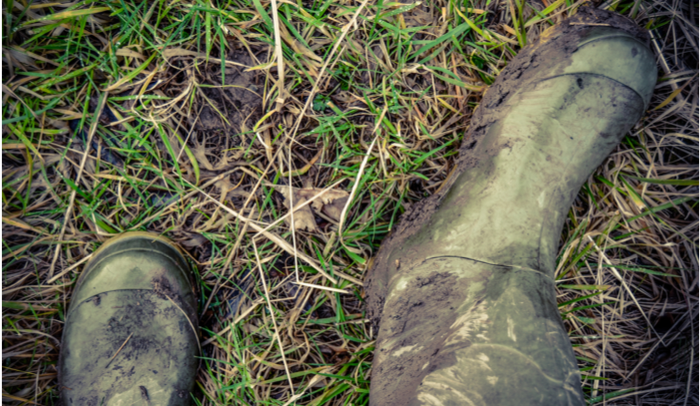
It’s a small piece of local, scrubby Green Belt, which my family knows as ‘Over the Fields’, and where four generations of us have played, walked and had adventures. It’s always had a special status for the Furlong family – a semi-rural reminder of home for my paternal grandparents, who came from County Wexford in Ireland and settled in Tolworth in the 1940s.
Desire paths
We’ve also taken it for granted and used it, as most local people do, as a cut-through, bisected by the Hogsmill River, to get to the local railway station and shops at Malden Manor. However, if you turn left or right and follow the river, it opens up quietly into a magical space full of possibility.
Every time I visit this place, where I have been walking since I could toddle, it offers something new and beautiful to experience.
Through the seasons
My attachment to what is officially known as the Hogsmill Valley has deepened and grown since I started my Over the Fields poetry map project in 2014. My writing is mainly concerned with place, and I wanted to map this area that means so much to my family, especially my dad.
I’ve become fascinated by how the place changes over the seasons: how the lichen-covered hawthorn tree by the bridge looks on a frosty January day, compared with how it glows in full leaf during high summer; how the view of the path under the railway bridge changes from a stark, grey rectangular outline to a magical, green trail in spring.
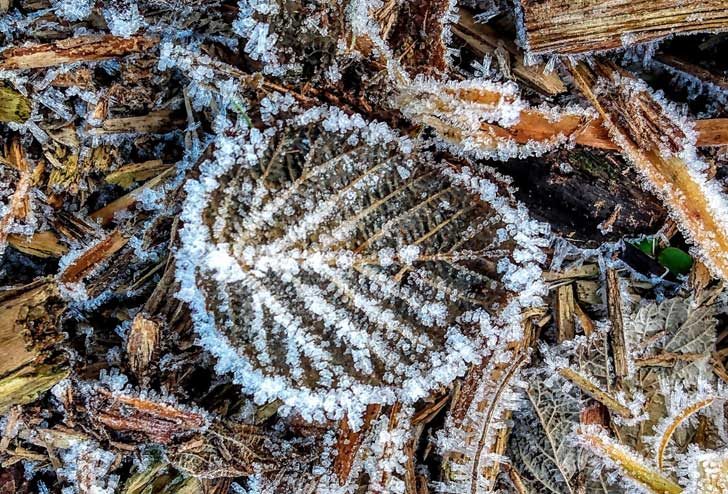
On a still winter’s day, silver light gleams off dewdrops held on bare willow whips. My son’s joy at discovering a frost-encrusted leaf, which shone like crystal; the sound of crackling twigs underfoot; the day he delighted in picking up panes of ice that had formed in the marshy parts of Six Acre Meadow.
I can tell you where to find rosehips, crab apples and damsons. I’ve been snowed on by blackthorn blossom and crack willow, spotted kingfishers zooming up and down above the rippling Hogsmill, marvelled at dragonflies and chased my son around spinneys on bright, cold days.

Collecting memories
Originally, the poetry map was a way to get me, my dad and my son out for regular outings to Over the Fields to collect my dad’s memories of his time playing there as a child with his brothers and sisters and friends. And for my son to know a piece of land that still feels wild, even though it is hemmed in on one side by the housing estate where we live, on another by council flats built in the 1960s and on yet another by the roaring traffic of the A3.
My childhood memories of Over the Fields are tied up with spending time walking there with my gran and my younger sister, where the former once pointed out a water vole, and another time pulled up a piece of horseradish for us to see.
Then there was my first, bitter, taste of sloes – courtesy of my trickster father – and a summer evening when my and other local dads played cricket, while we kids watched or rampaged in the long grass nearby.
Green Belt heritage
What interests me about this Green Belt land, in particular, is this notion of a place that is shared, collective – that its purpose is a buffer between development, but which is a green space in suburbia that feels wild and is ancient in parts.
Summer 2015 saw the 60th anniversary of the creation of the Green Belt. My father was 10 when the law was passed, and the story of our family and the importance of Over the Fields to us (my auntie referred to it as their second home when they were growing up) is, I believe, partly the story of the success and importance of the Green Belt.
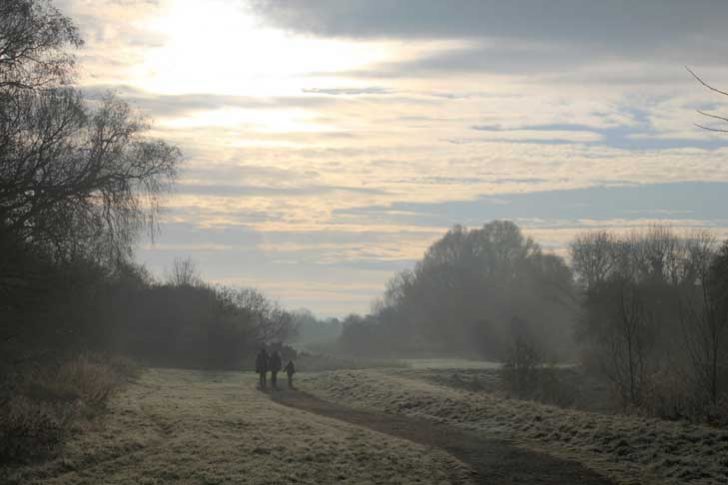
A wealth of history
When my poetry map was officially launched with an Over the Fields walk for friends and family, poems were read, stories were told and the wonderful Reverend Kevin Scott at St John’s let us spend time looking inside his beautiful church.
The manor house next door dates back to the 1600s. It’s where Thomas de Merton founded Oxford University’s Merton College and where the Pre-Raphaelite painters John Everett Millais and William Holman Hunt stayed. In fact, there’s still a connection with Merton College because it owns Six Acre Meadow – the place where Millais is said to have painted the background for his famous painting Ophelia on the banks of the Hogsmill.
It turns out that my family’s precious piece of land, which we have claimed as part of our own family history, has a wealth of history all of its own.




